@beetpx/beetpx - v0.51.2
BeetPx

A TypeScript engine for pixel art browser games.
Getting Started
In your terminal navigate to the parent folder in which you want to create your BeetPx game. Then run:
npm init @beetpx/beetpx-game@latest my-game
cd my-game
npm install
where my-game is your desired directory/project name.
To make sure things are working correctly, continue with:
npm run tsc
npm start
Examples
To see how to use the API, check out the examples: https://github.com/beetrootpaul/beetpx-examples/
Also, you might want to take a look at how following projects are using BeetPx:
| game | GitHub repository | screenshot |
|---|---|---|
| Hat Escape | beetrootpaul/hat-escape | 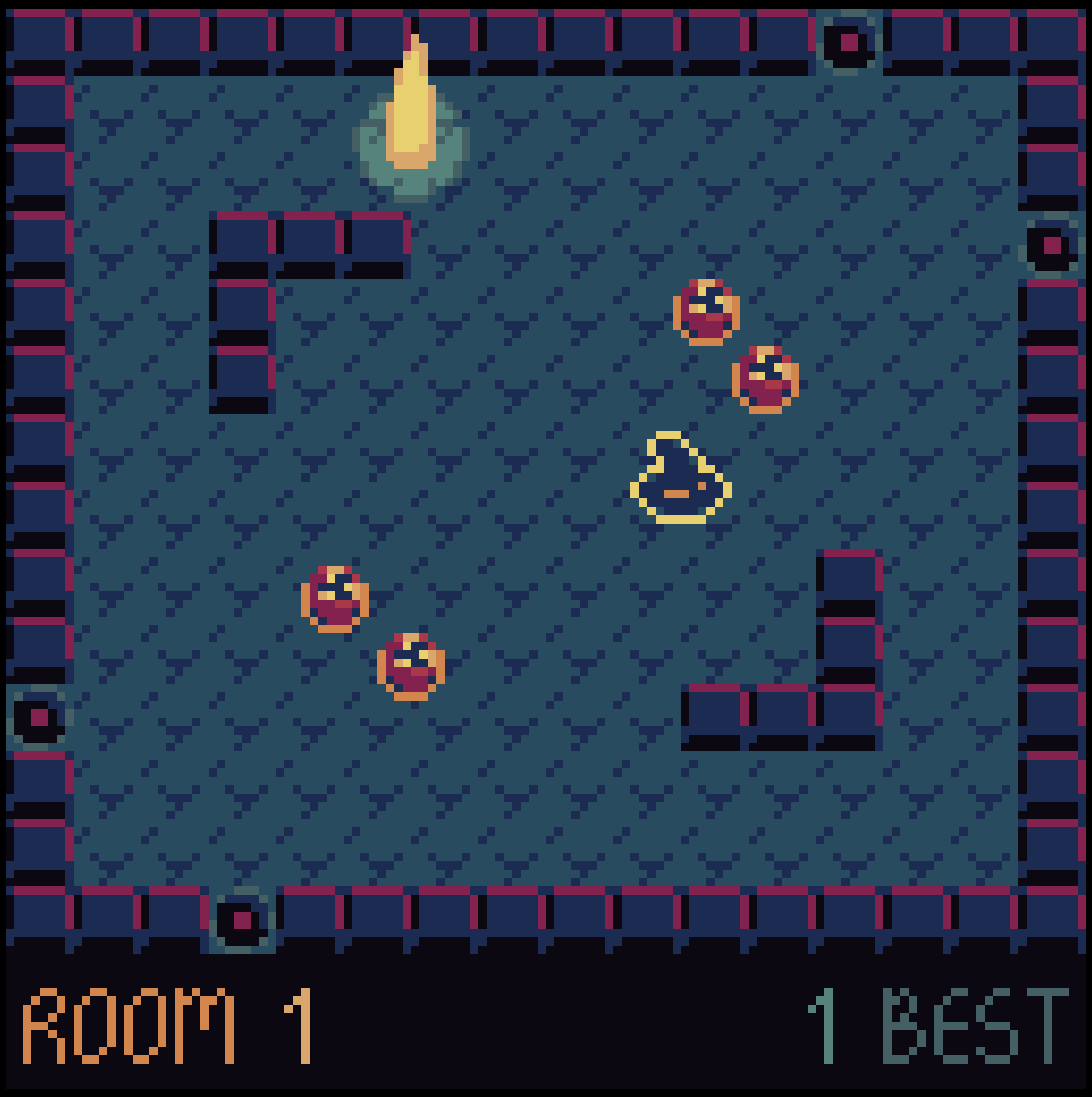 |
| Dart-07 | beetrootpaul/dart-07-beetpx | 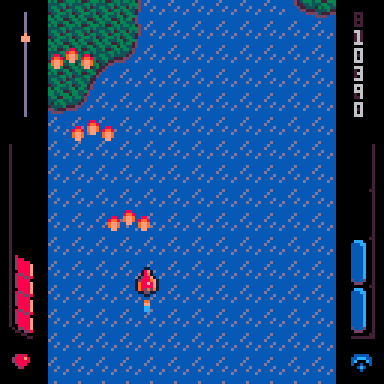 |
| Towers of Survival | beetrootpaul/towers-of-survival-beetpx | 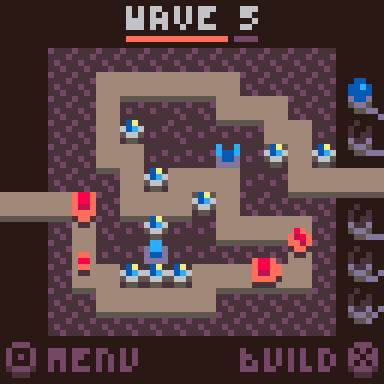 |
| Avoid Your Past | beetrootpaul/avoid-your-past-beetpx | 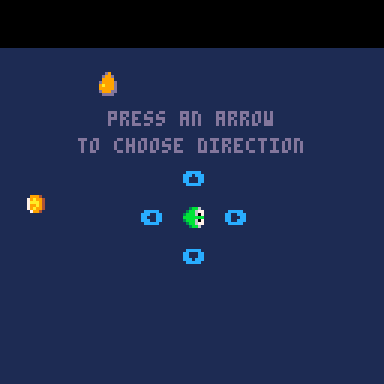 |
Game Controls
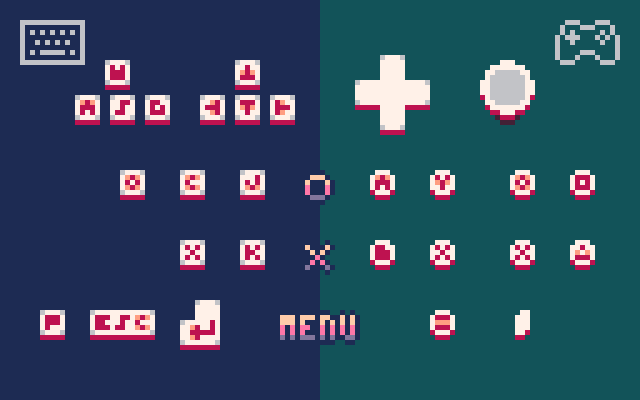
The BeetPx engine supports a following sets of game buttons and their mappings from physical devices:
| game button | keyboard | DualSense controller | Xbox controller |
|---|---|---|---|
| O (Maru) | C / J / O |
circle / square | A / Y |
| X (Batsu) | X / K |
cross / triangle | B / X |
| menu | P / return / esc |
menu | menu |
| directions | arrows / WSAD |
D-pad / sticks | D-pad / sticks |
| mute/unmute | M |
||
| full screen | F |
||
| take screenshot (if enabled) | ] |
||
| browser screenshots (fi enabled) | } |
Regarding the main game buttons on a keyboard, the intention is basically to
either play with left hand on X+C and right hand on arrows, or to place the
left hand on WSAD, then used J+K with the right hand. The O support is
added in order to reduce to entry barrier for a situation when the game author
uses the "⭕️" and "❌" on their sprites and a player doesn't realize what keys
should they use – there is a chance they would try with just O+X on their
keyboard.
Regarding th game controllers – other controllers might works as well. For example, this engine has an implemented support for 8BitDo Lite 2.
There are also touch controls in form of GUI buttons resembling a physical ones. You can see and use them on touch devices like e.g. an iPhone.
Dev controls meant to be used by the game developer themselves and gated behind related engine config fields:
- toggle debug:
- on keyboard:
;
- on keyboard:
- toggle frame-by-frame:
- on keyboard:
,
- on keyboard:
- jump to the next frame (only while in frame-by-frame mode):
- on keyboard:
.
- on keyboard:
ℹ️ To check if your controls work as expected, go to https://beetrootpaul.itch.io/beetpx-input-tester .
API
You can find docs at https://beetpx.dev .
ℹ️ For a quick start you can start by typing either BeetPx. and checking what
your IDE suggests. Same for BeetPxDraw., and BeetPxUtils.. Their shorthands
are respectively: $, $d, and $u.
Development Setup
This projects is developed on Node.js 18.
You might find it helpful to use
nvm in order to make
sure you use the same Node.js version as which is specified in .nvmrc file.
There is no CI configured for this project. For now, it is developed by me only, and all tests as well as the compilation happen in a pre-commit hook.
The Origin
My idea for BeetPx came from a good time I had working on mini games in PICO-8. That fantasy consoles hit a very sweet spot for me: in PICO-8 you are creating low resolution pixel art games, to do so you use a globally available simple API, and all your creations can easily run in a desktop browser or a mobile one.
There are though some areas I would like differently:
- I prefer to use a typed language and a one which follows a standard. In PICO-8 I had to use a custom version of Lua, which meant difficulties in finding a decent extension for an IDE of my choice.
- PICO-8 has a token limit, which generally means a limit on how much code you are allowed to write and an incentive to use a short language constructs as possible rather than optimizing for a code maintenance. I understand this is a heated topic in PICO-8 community and I also see advantages of the limited approach – e.g. it helps to keep games low scoped and, in result finish them! Also, it is sometimes a real fun to come with clever solutions for hunting tokens down 😄. But when it comes to my personal preferences, I more often was frustrated by the token limit rather then enjoying it.
- There is a minor issues with a browser build of PICO-8 games, where the long press of a in-game button on iOS Safari results with a system text selection to appear and prevents from playing a game smoothly. Of course, this is something I could work around by adjusting an HTML template exported from PICO-8. But since I decided to create my own engine, I am able to take care of browser iOS experience and do it the way I like.
- Last but not least: I just wanted to have something created for public, available on npm, something I feel I am capable to do and can be proud of later ☺️
That being said, I am very grateful that PICO-8 exists and there is a big community around it. If not for PICO-8, BeetPx would never be created 💛
Credits
Fonts
While you are able (and encouraged) to define your own font (as an
implementation of BpxFont interface), there are 3 fonts ready to use in BeetPx
out of the box:
$font_pico8(the default one)$font_saint11Minimal4$font_saint11Minimal5
The first one is a font from PICO-8 fantasy console, available under a CC-0 license (public domain, free to use). For more info see: https://www.lexaloffle.com/pico-8.php?page=faq
Two other fonts are created by Saint11 and available on https://saint11.org/blog/fonts/ under a CC-0 license (public domain, free to use).
Color Palettes
There is a PICO-8 color palette ready to use, exported as $rgb_p8. That
palette is created by zep and available under a CC-0 license (public domain,
free to use). For more info see: https://www.lexaloffle.com/pico-8.php?page=faq
Bresenham's Algorithm implementation
I based the line and ellipse drawing methods on a Bresenham's Algorithm implementation by Alois Zingl: http://members.chello.at/easyfilter/bresenham.html
Known Issues
- Gamepad input seems to be laggy (at least on Firefox), unsuitable for fast paced games.
- In iOS web browsers (Safari, Firefox, etc.) it is possible to go to the previous page by swiping the finger from the left edge. Which means, it is possible to accidentally close the game (while playing it on e.g. itch.io) when trying to use game touch buttons.
Release Notes
v0.51.2
- Console GUI on touch devices: fixed the "O" button's press animation
- BpxVector2d: added
neg()method - BpxVector2d: added
$v_0_1shorthand - BpxVector2d: added
$v_1_0shorthand
v0.51.1
- BpxVector2d: fixed
normalize()method so it treats(0,0)vector in a special by returning the(0,0)